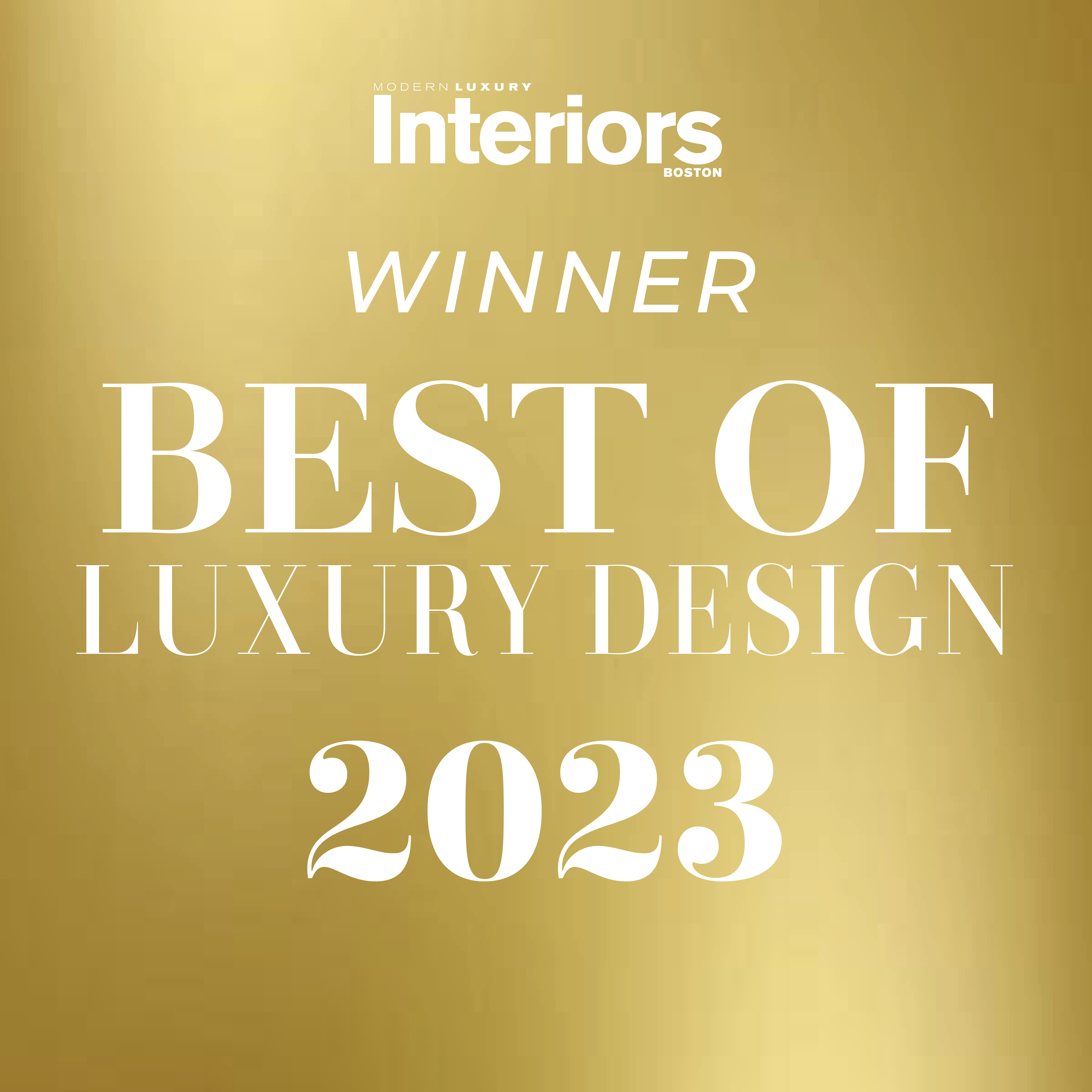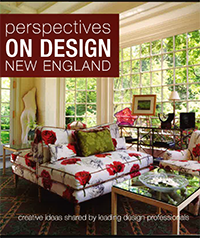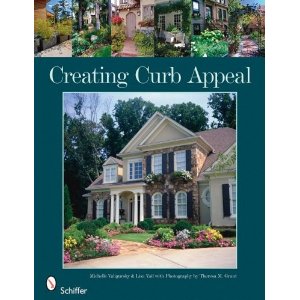Simple Solutions to Decrease Light Pollution
Light pollution is defined most simply as excessive lighting that escapes into the sky, polluting surrounding areas and decreasing visibility. Four main types of light pollution are:
1) Light trespass: unwanted light that escapes into adjacent areas
2) Over-illumination: excessive use of light
3) Light clutter: clusters of light sources
4) Sky-glow: glowing effect seen over large cities
Light Pollution is not only a problem because it wastes energy, but it also negatively affects the astronomy industry, wildlife, and human health. The astronomy industry is impacted by sky-glow over cities worldwide, which can be seen most prominently in United States in the satellite image below. Step outside onto the streets of a major city and you will find it nearly impossible to spot more than a few stars in the sky.
Wildlife habits are negatively altered due to excessive night lighting, especially in their ability to distinguish between day time and night time.
Humans are predominantly affected by light pollution at night due to over-illumination and poorly-directed lighting which cause glare and can distract drivers, while also causing harsh shadows that can pose security threats. This problem is especially concerning for senior citizen drivers.
In most cases, simple solutions exist in the form of LEDs, low pressure sodium bulbs, reflectors, shields, dimmers, sensors, timers, and window treatments. These are things that can be changed relatively easily and can result in cost savings even at a small scale. One specific example of an easy change is replacing T8 fluorescent bulbs with T8 LEDs which generate the same amount of light at a lower wattage.
These types of simple solutions can be particularly effective for outdoor lighting. Outside areas need some light during the night hours for safety reasons. Parking lot and garage fixtures should be specified as shielded fixtures that direct all of the light output downwards, not passed the 90 degree angle mark. IES has created BUG (backlight, uplight, glare), a rating system for assessing lighting fixture control of light distribution.
Lighting can also be put on a control system that will automatically turn lights on and off at specific times of day. Cities such as Chicago have implemented guidelines for outdoor lighting to be dimmed at certain times or turned off a half an hour before sunrise. All of the New England states, with the exception of Massachusetts have passed bills regulating outdoor lighting and reducing light pollution. Multiple bills have been proposed in Massachusetts, but none of them have been passed. Though this is discouraging to many, it should not stop homeowners and business owners from making small, incremental changes in lighting to reduce energy costs and decrease light pollution. Contact Lux Lighting Design for help in assessing lighting needs, reducing light pollution and cutting energy costs.







